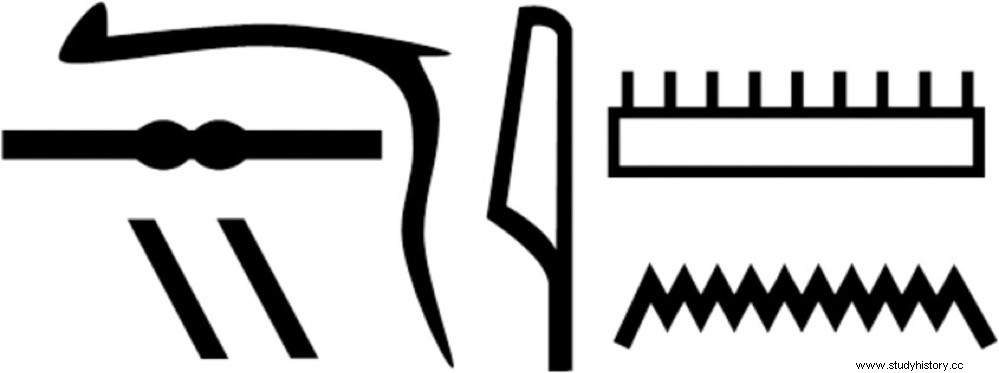A team of UK researchers has succeeded in reconstructing the vocal tract of an Egyptian mummy using a combination of CT scans, 3D printing and an electronic larynx. The project, which began in 2013, is the result of combining clinical science, archaeology, Egyptology and electrical engineering.
For six years, the team worked to scientifically recreate the voice of Nesyamun, an Egyptian who died 3,000 years ago. At the moment the system can only reproduce a single sound, a vowel between “a” and “e”. The study was published in Scientific Reports.

The reconstruction of the voice was made possible by the well-preserved larynx and throat of Nesyamun's mummified body. CT scans allowed the team to reconstruct her vocal tract, which was then recreated using a 3D printer. This artificial vocal tract is now capable of producing a sound, a first step in trying to reconstruct the voice of the deceased.
This process allows us to reconstruct the sound of her tract as it is preserved in her sarcophagus, it is a sound that her vocal tract can produce, so it is her voice lead author of the study, Professor David Howard of the University of London, told IFLScience.
When it comes to reproducing ordinary speech, things are different but there are possibilities. Combining knowledge of phonetics and linguistics with the science of speech means we could use it to anticipate the typical articulatory gestures you would have used to change the shape of your vocal tract, and thus do this in software and create speech. current . So that's an idea – there's a lot of work to do to get there, but it's a distinct possibility for the future .
Scientists have previously tried to recreate the voices of ancient individuals using facial recognition software to create an approximation of the sounds they would have made. But the new research is novel, and it's all because of how well the mummy's vocal tract has been preserved.
Nesyamun's name means True of the voice , a coincidence that surprised the researchers. Placed in a finely decorated sarcophagus, Nesyamun was a priest, incense bearer, and scribe at the ancient Egyptian temple of Karnak, who died around 1100 BC. The mummy is one of the most studied in Britain and this work is part of the Voice of the Past project. .
